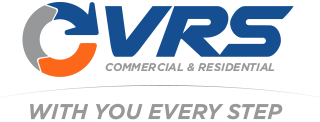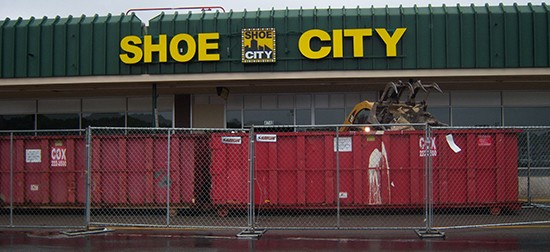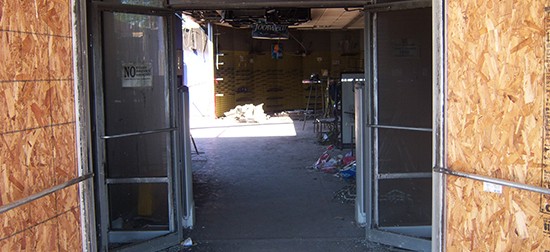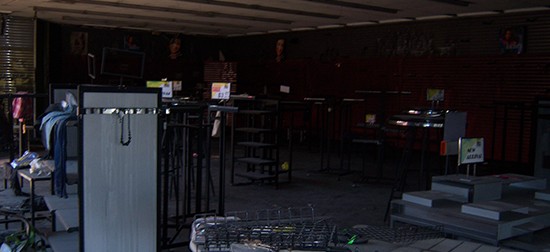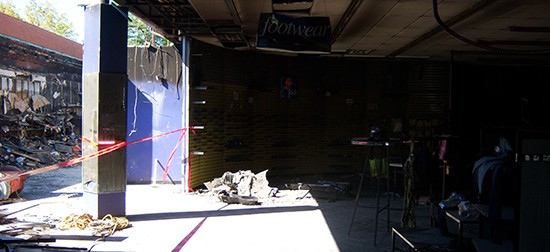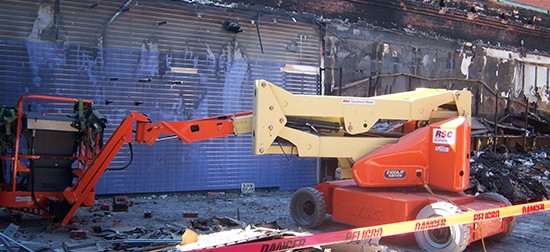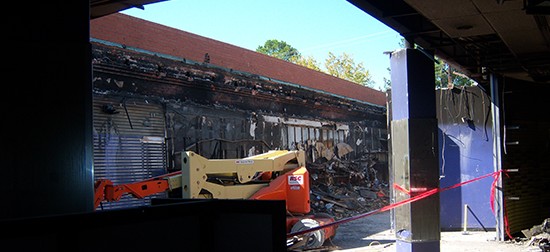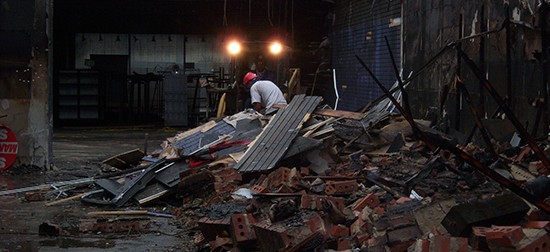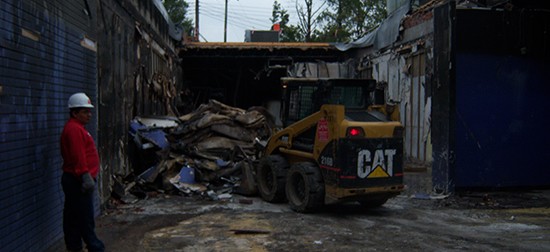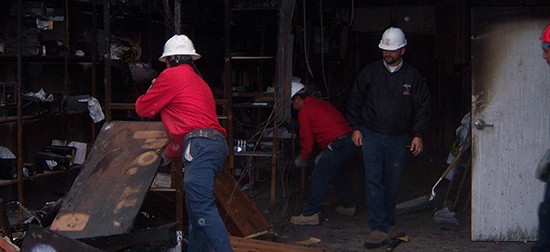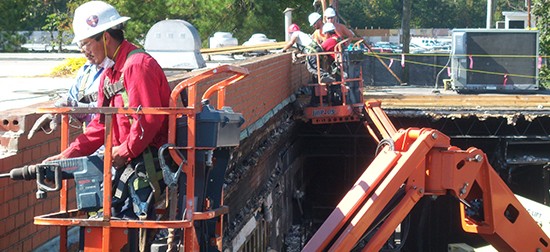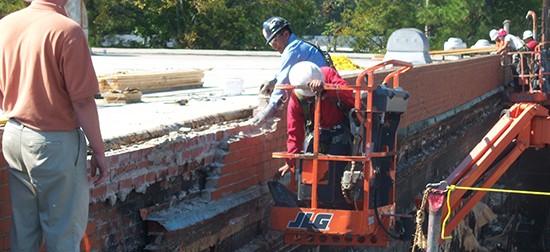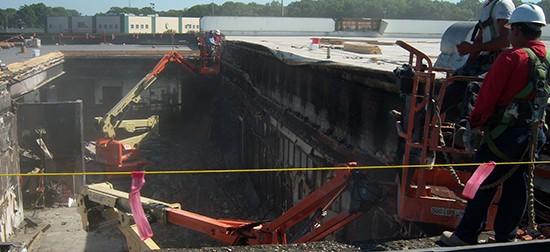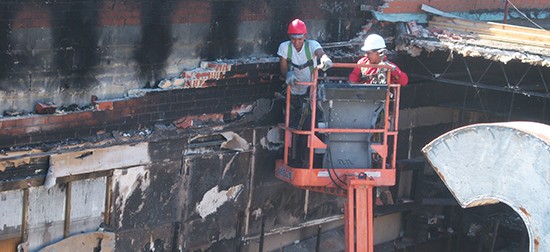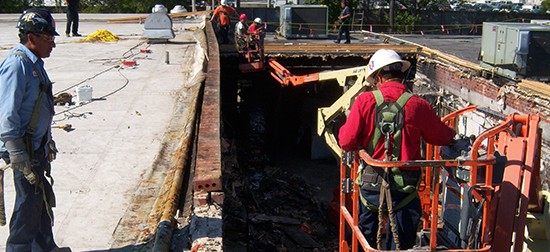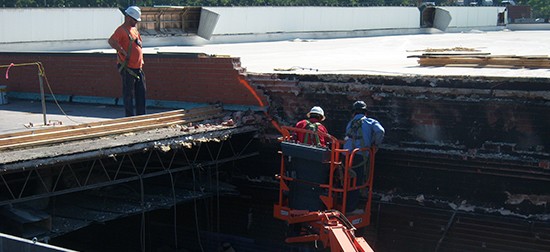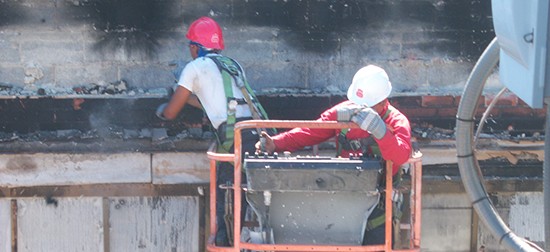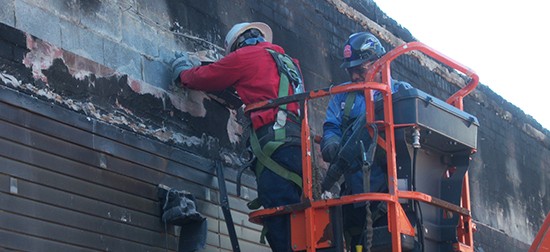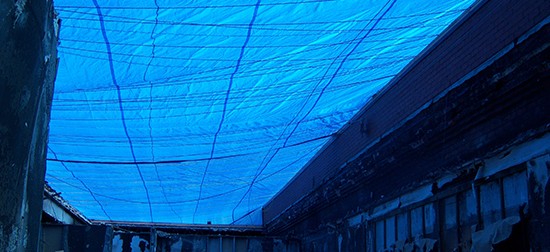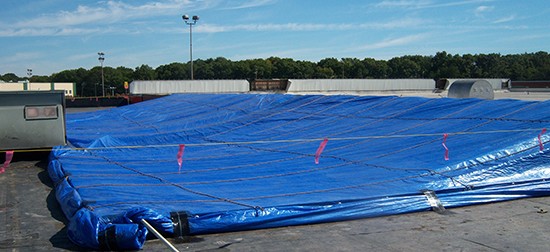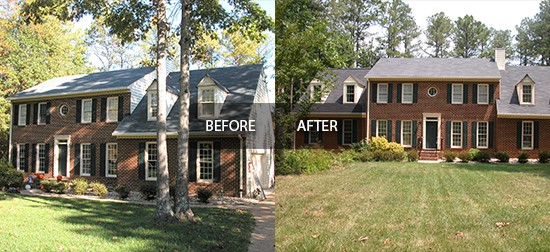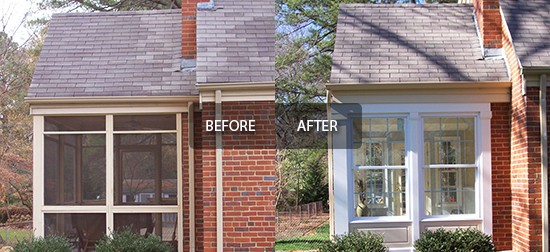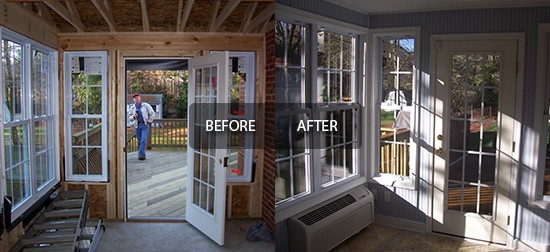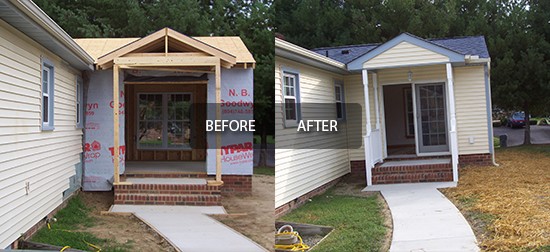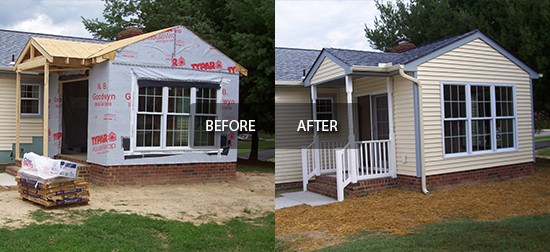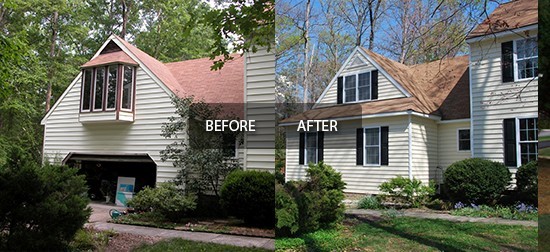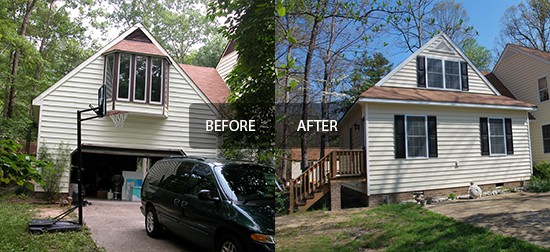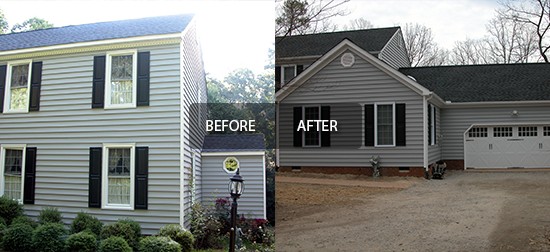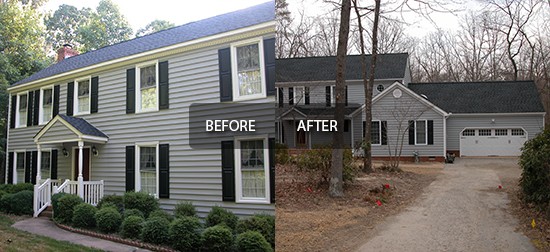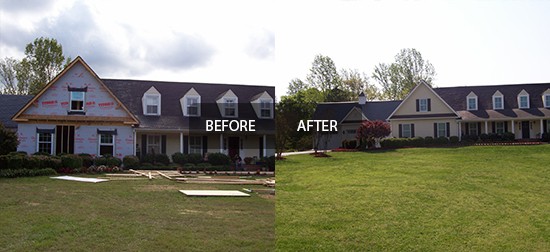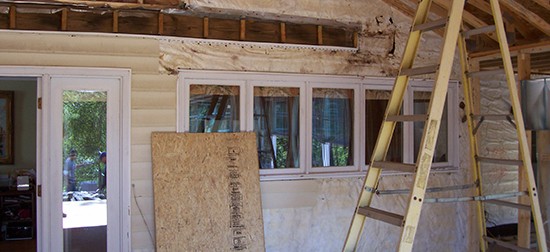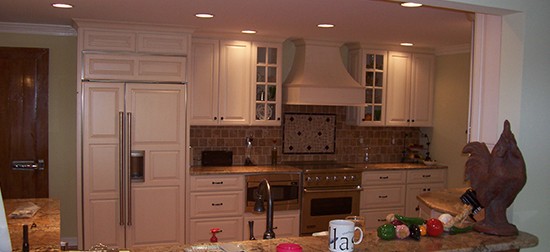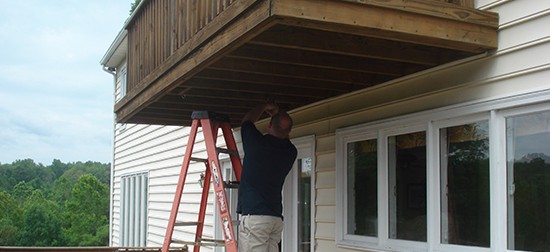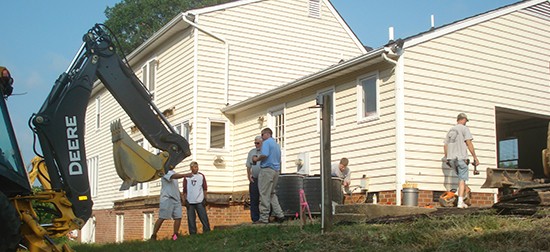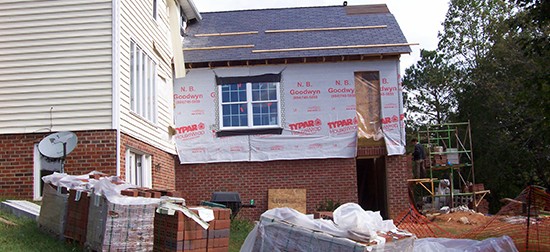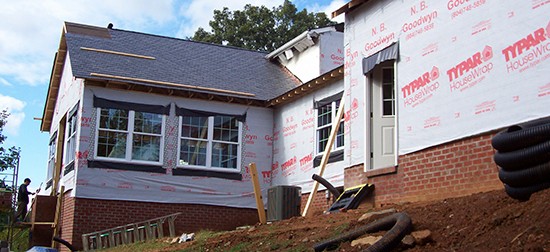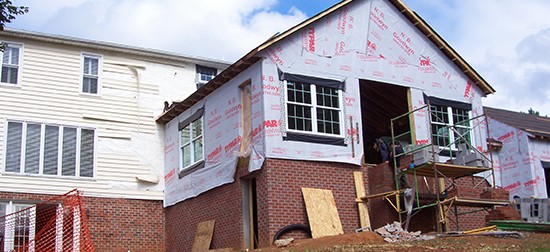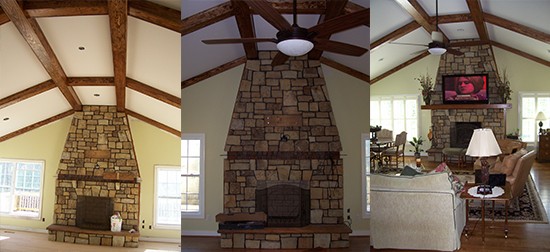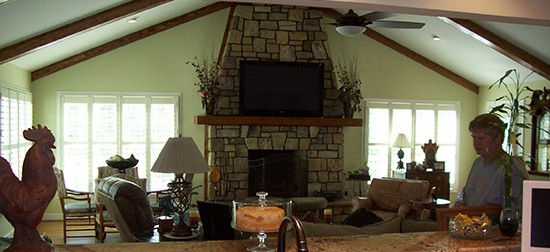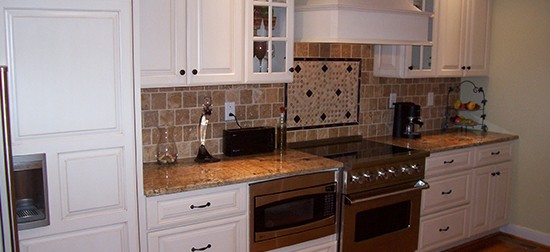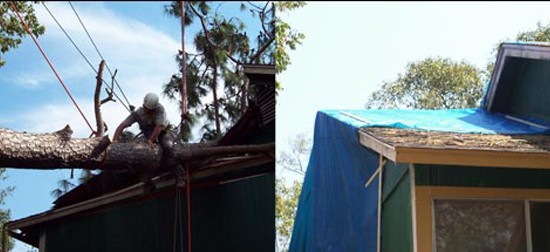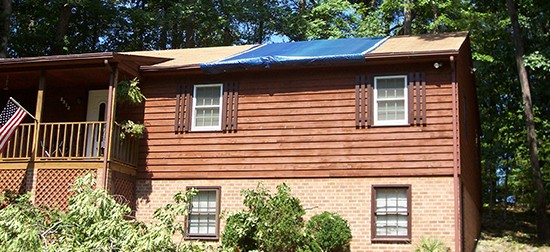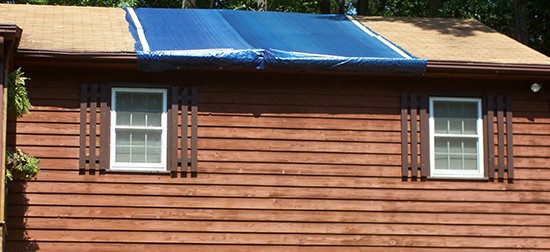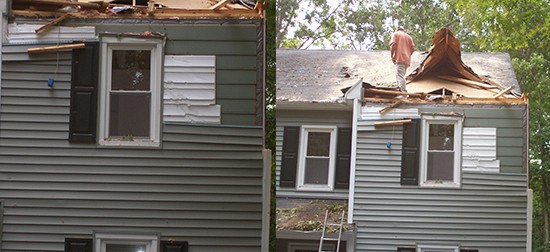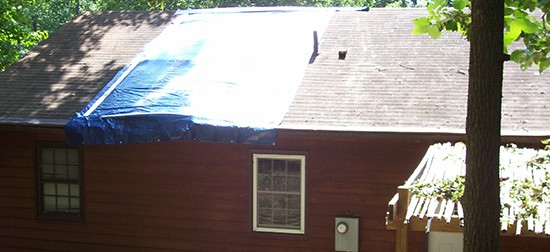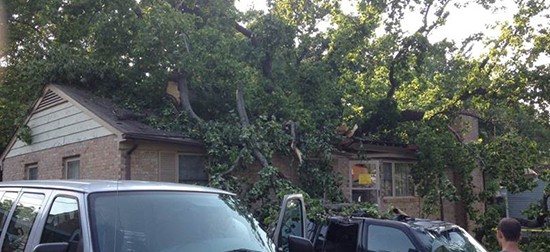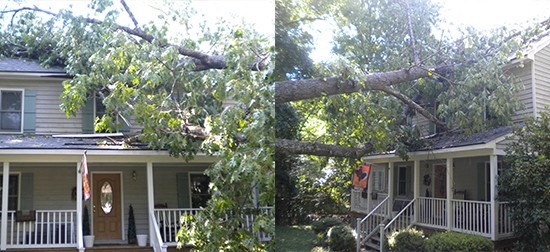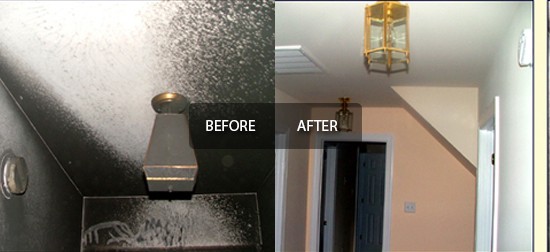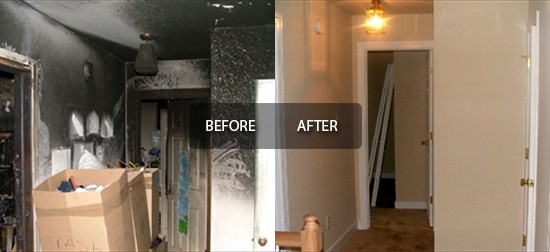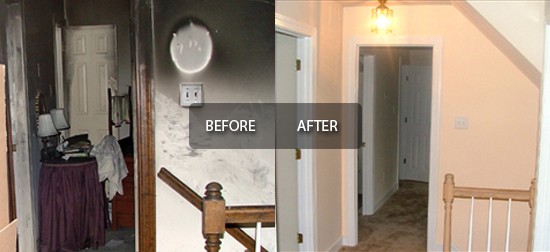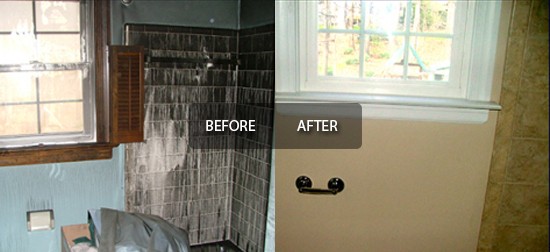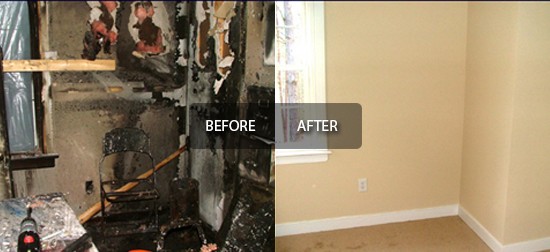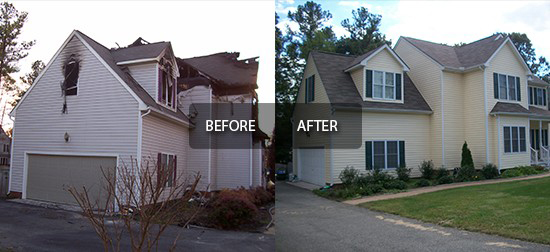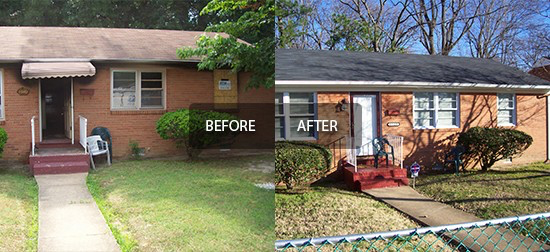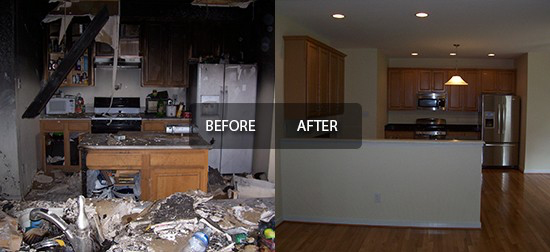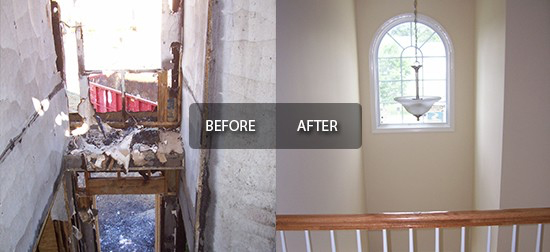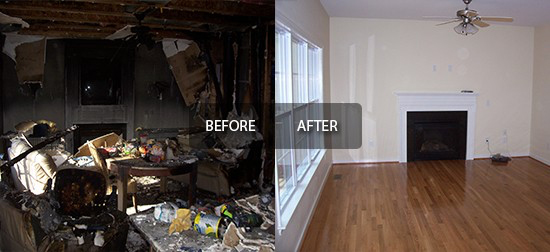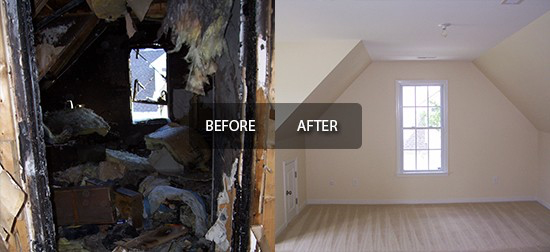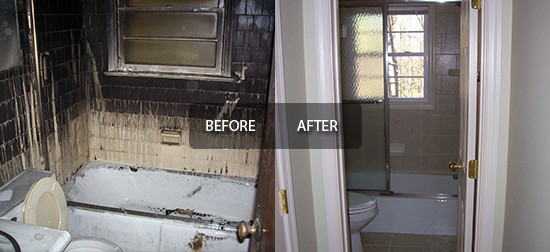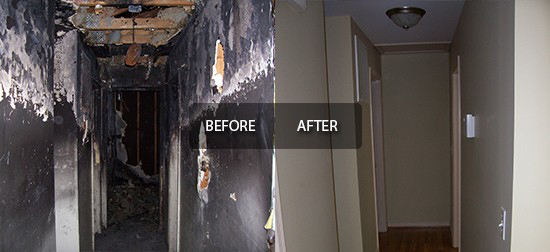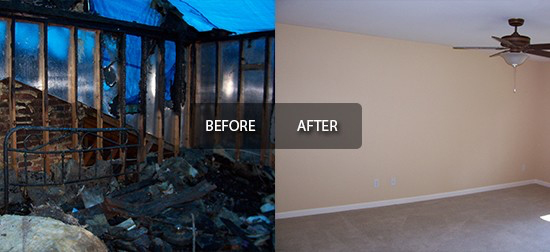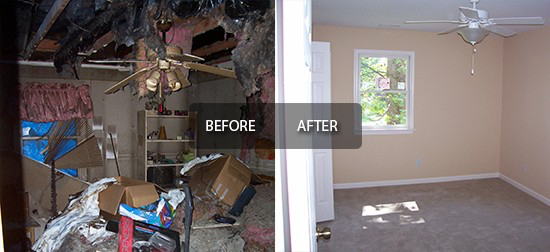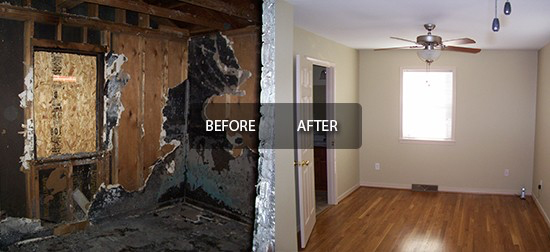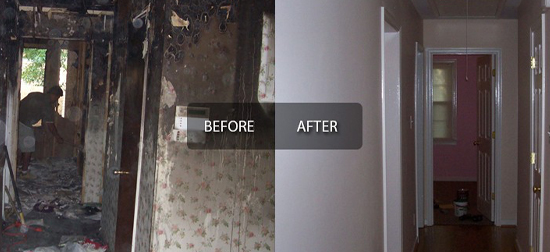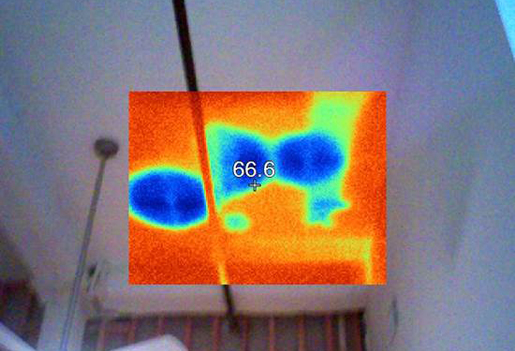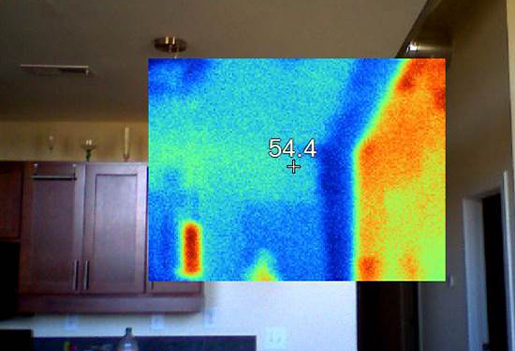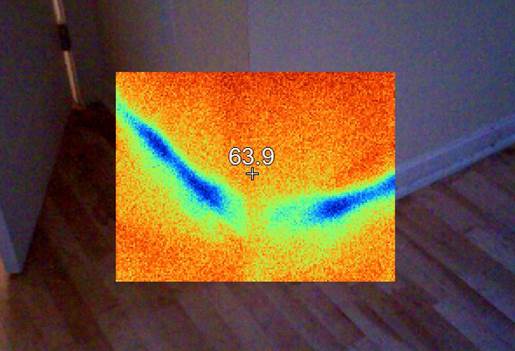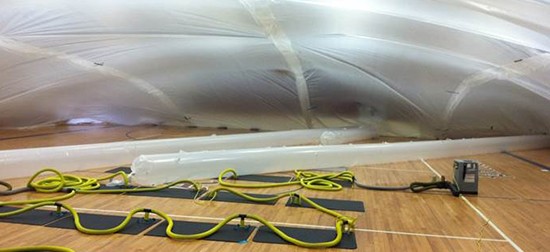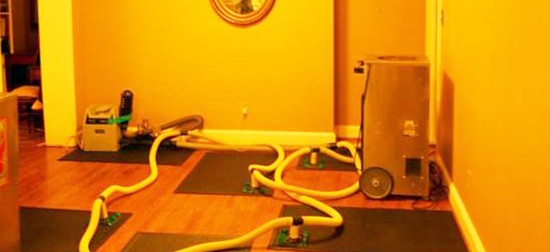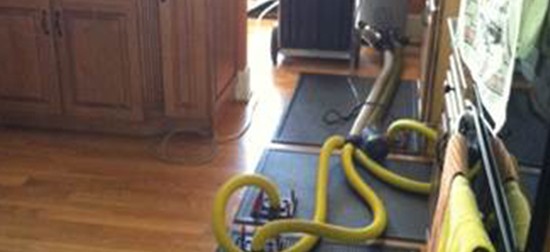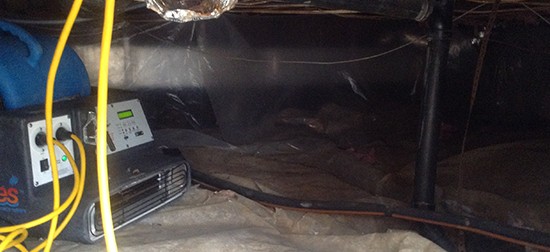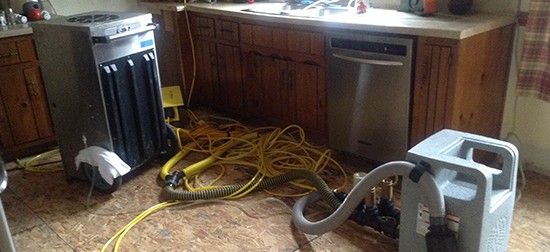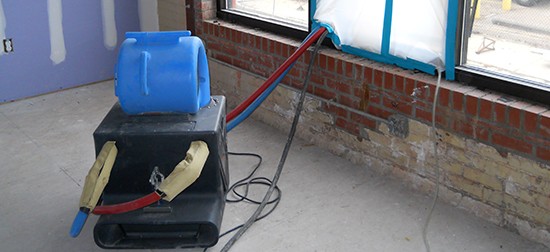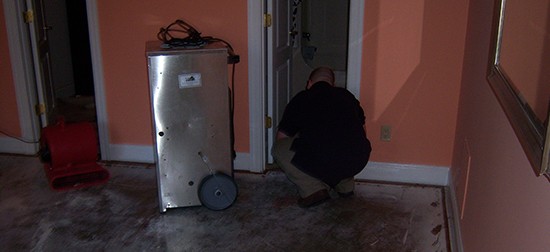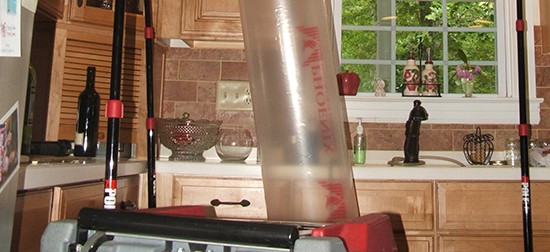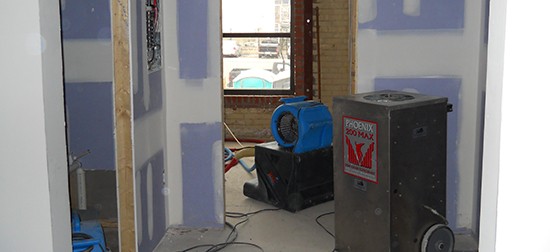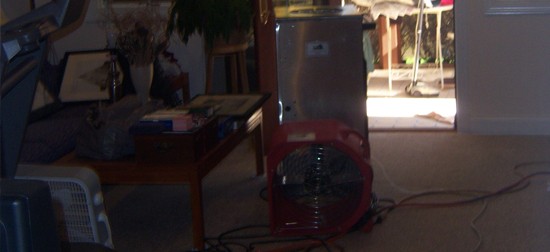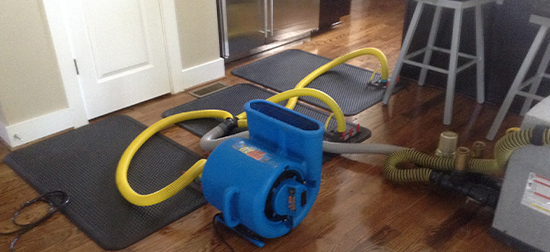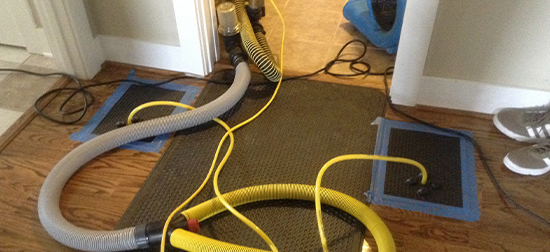If you have a restoration team coming to repair damages done by fire or flooding, you may be wondering what the difference is between mitigation and restoration. You may have hired a restoration service to help you with damages from an emergency or natural disaster, and now you’re not sure what they mean by mitigation or restoration—are they different?
The short answer is yes, they are different, and they are both integral parts of the restoration process. Novices in the restoration game often misunderstand or diminish the importance of mitigation, which can have significant financial consequences.
Not every insurance plan covers the cost of mitigation, only restoration. But it’s important to understand what mitigation is and how it can help you preserve your Richmond home or business after a fire or flood. If mitigation isn’t done properly, your insurance claim could end up being double, triple, or even ten times what it originally would have been.
For Richmond restoration services, VRS has got your back. Whether it’s fire, smoke, mold, or water damage restoration, you can count on them to get the job done. Call VRS today.
Mitigation
This process should be prioritized over restoration, and any good professional service will do so. Mitigation reduces the risk of secondary damage to the building, which can come from several sources. If there has been a fire in the home, residual smoke and soot can get into the furniture and carpets and cause damage and health problems. If water or sewage leaked in or flooded the home, there could be mold or mildew spreading.
Failure to act quickly enough to intervene can result in more damage to your home or business that could have been avoided with mitigation. Mitigation can include plugging holes, cleaning and disinfecting, boarding up broken windows to keep out animals and the elements, and utilizing roof tarps.
More examples of mitigation are the removal of debris, such as broken branches and loose roof shingles, from the property, the removal of water and moisture, and reinforcing weakened structures to keep them from collapsing.
If this is not done within 24 hours of the damages being incurred, the mitigation efforts will be less effective. The longer you wait to mitigate the damages, the lower the value of the process as secondary damages set in, and restoration becomes no longer an option. Without mitigation, you may end up spending hundreds (if not thousands) more on replacing damaged items, rather than cleaning and repairing them.
Restoration
Whereas mitigation stops further damages and reduces the overall loss after a disaster, restoration aims to repair or replace damaged items to their pre-disaster condition. While this process is not as urgent as mitigation, it is still vital and must be completed promptly. Depending on the significance of the damage, this process could take weeks or months.
Common Misconceptions About Mitigation and Restoration
One big misconception about using mitigation and restoration services is that they are more expensive than the cost of replacing damaged items and structures. In fact, most disaster damages can be mitigated and restored for much less than it would cost to replace everything. A professional restoration team can save whatever is salvageable and replace anything that isn’t.
Another dangerous assumption people make is that their water-damaged walls and carpets will dry on their own, eliminating the need for mitigation services. While it’s true that wet things may naturally dry over time, carpets, furniture, and drywall can trap moisture deep within their materials, and mold can start growing in as little as 24 hours after water damage is incurred. The only way to ensure the damaged property is completely dry is with professional equipment and trained specialists who know the “dry standard” your items need to reach to reduce the risk of mold.
Many people also believe that it would be cheaper to take care of mitigation and restoration on their own instead of hiring a professional company to handle the process. Now, there is no denying that some amateurs have the know-how to effectively mitigate and restore their property. However, a mistake in this process can be more costly and time-consuming in the long run.
The process of mitigating and restoring damages can also be dangerous. It is safer to hire professionals who have been trained for this work instead of risking your health and well being trying to do it yourself.
How to Know if Your Restoration Team is Mitigating Effectively
A professional team won’t fall prey to the misconceptions outlined above. They know that removing drying equipment from a building with water damage too soon can be detrimental. Just because the carpet or walls “feel” dry doesn’t mean they are thoroughly dry. Trapped moisture deep in a structure can lead to mold and mildew, which damages walls and items and is hazardous to breathe. This can escalate a small water damage claim into a much bigger mold claim.
Your restoration team should be utilizing testing and measuring equipment to determine whether the moisture content in the building is at acceptable, normal standards. Only then will a professional mitigation team remove the drying equipment.
If there has been a fire in your home or business, a thorough cleaning is necessary to remove acidic elements from the smoke and soot. These elements can cause extensive damage to your property and harm to your well being if left in the fibers of items.
Factors that Can Affect the Cost of Mitigation and Restoration
Many factors influence the cost of these services. For example, water damage caused by uncontaminated water is less costly to repair than if the water had toxins or sewage in it. The length of time the property was exposed to flood or fire also impacts the cost of restoration because damages tend to be more extensive. You’ll also need to consider how accessible the damaged area is, as this can drive up the price of restoration as well.
A professional team will assess the damage for you and give you an estimate of how much it will cost to restore it.
Call VRS today!

